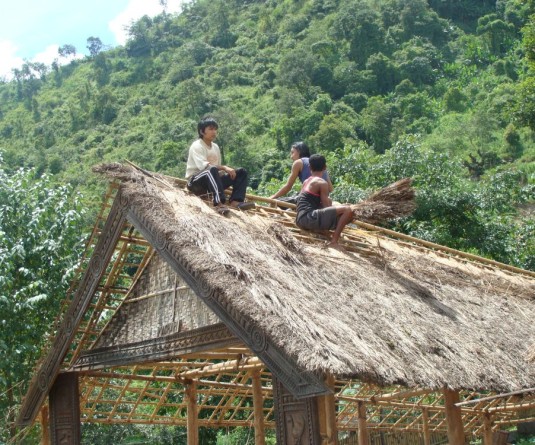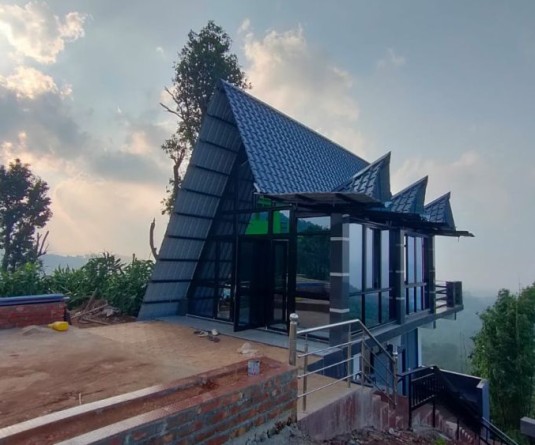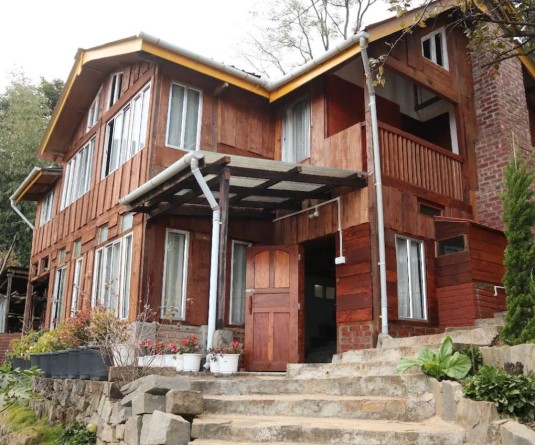Ahidur Rahman, Working President of the Muslim Council Dimapur, is seen here at MP Road. He was awarded the Peace Award 2016 for his tireless efforts to maintain peace and communal harmony.
Morung Express News
Dimapur | March 4
05.03.2015 is a date that Dimapur neither wants to remember, nor can it forget. On March 5, 2015, as Dimapur watched the day go by in horror, a few people were busy making sure that the incidents of the day did not pour out into future communal hysteria and conflict.
Ahidur Rahman, Working President of the Muslim Council Dimapur (MCD), was part of this. For his tireless efforts, Rahman was awarded the Peace Award, 2016 on February 1. Here are extracts from a longer interview (Read full interview on page 6):
In 2012, a ‘North East exodus’ began from mainland India. Muslim leaders from Dimapur and Kohima visited Naga students in Bangalore, Pune and Mumbai. “They were so relieved when I started speaking to them in Nagamese,” recalls A. Rahman. “There are more than 6000 Naga students in Bangalore but no Nagaland House; there was no safe space where they could gather and access reliable information from.” He conveyed this message to the then Chief Minister of Nagaland.
Many fears had arisen as a result of rumours. Multimedia Messaging Services were used extensively to spread them. On the mainland, differences between Burmese, Naga, Bodo, Khasi dissolved—everyone from the subcontinent’s north east to beyond became perpetrators and victims at the same time. “We spoke to Muslim leaders in other cities to lay their fears to rest. We told them Muslim people will not be attacked in Nagaland. There is no communal incident in Nagaland and will never happen.” Those were the words Rahman was held accountable for on March 5, 2015.
The MCD’s work began alongside protests on March 4 last year. Rahman’s main work was to contain rumour. He used social media first—took pictures of the 1906 Jama Masjid, still intact, and posted them on Facebook, asking the community around the sub-continent not to believe in rumours. By March 5, he had already asked the Nagaland State for the protection of religious sites so that no larger problems break forth in case of mob fury. But the actual violence of the day was beyond control.
“Nobody liked the way he was killed but we have to add water to fire, not fuel. We had to consistently tell community leaders from all over India that all Naga people cannot be blamed for the incident, though considerable damage had been done to the Naga image,” Rahman maintained.
Rahman and his MCD team’s real work began after March 5. There were rumours spreading through Assam that the Nagaland State Government was considering not sending the dead body back to its parent village. A person claiming to be the victim’s uncle in Nagaland laid claim to the body. “If the body had not been sent back, it would have created permanent enmity between Assam and Nagaland, so we had to somehow trace his village in Karimganj.”
The MCD, moreover, remained concerned for 400-odd Naga students studying in Silchar, asking the Assam State Government to make sure of their safety. On March 7, the Nagaland State Government handed over the body to the MCD, which then cleaned it and wrapped it up in white cloth to be sent back home.
“We got calls from all over Assam to let the vehicle bringing the body pass through their areas—he had become a hero there. 5000 people, alongside media, had already gathered at Khatkhati to see the body. It would have taken 2-3 days for the body to reach and could have created huge tensions, egged on by Assam’s media. So we made a spot decision to fly the body. The Assam Government provided a helicopter, the body was flown out and a major anti-Naga wave averted,” narrates Rahman, also acknowledging how many people from Assam had helped resolve the issue.
In its aftermath, nearly 10,000 Muslim people left Nagaland State in three days, mostly on foot, into Assam. Leaders in Assam, many playing vote bank politics, projected that people of the faith were being locked up or being forced to leave. “Some people were even setting up displaced persons camps on the outskirts of Dimapur. We went and told them there was no need for all this! It would send a wrong message. There is no threat to people residing in Nagaland,” Rahman reiterated to them.






